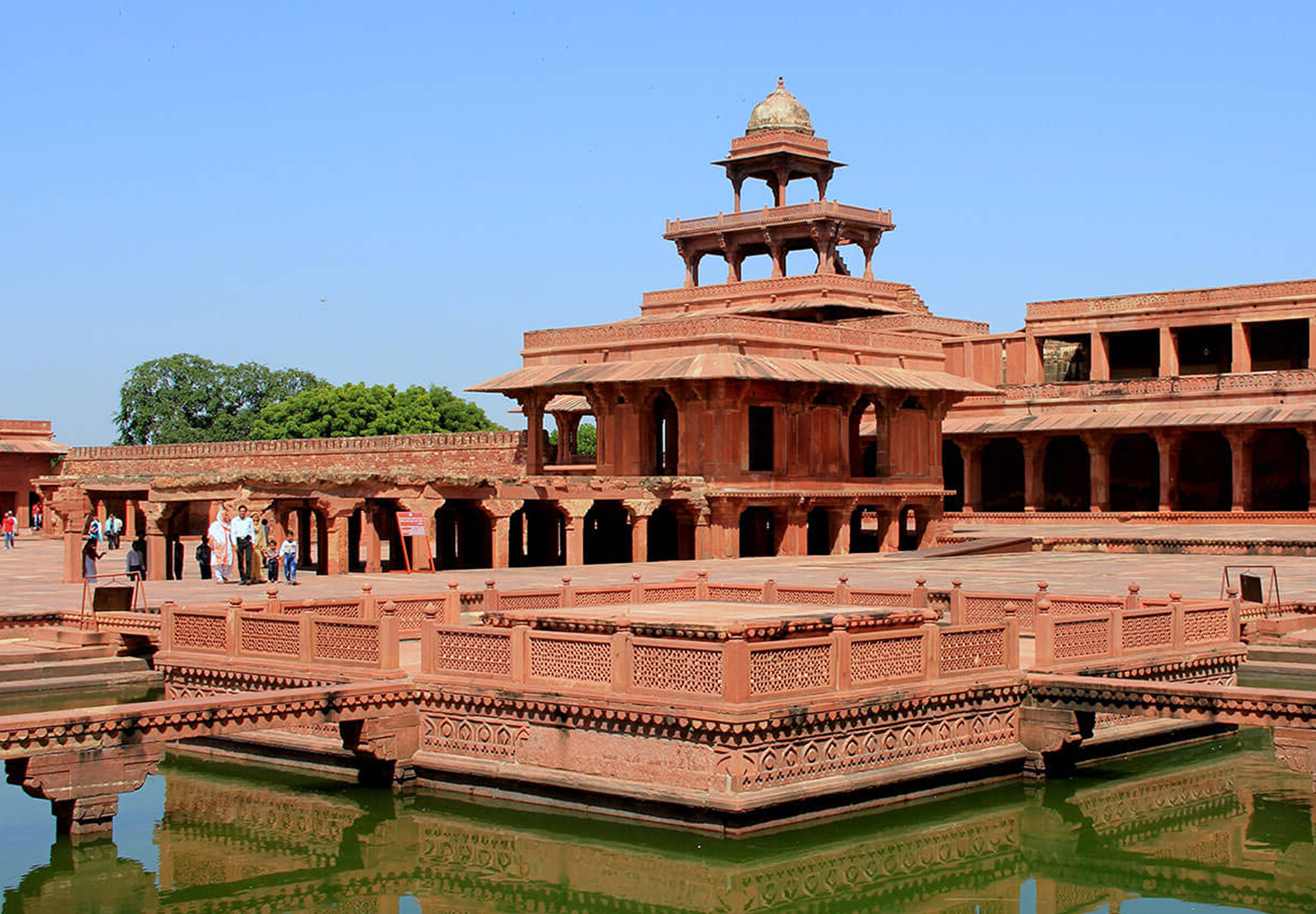 Fatehpur Sikri: The Lost City of Mughal Grandeur
Fatehpur Sikri: The Lost City of Mughal Grandeur
Fatehpur Sikri, a UNESCO World Heritage Site, stands as one of the most iconic examples of Mughal architecture and urban planning in India. Located approximately 40 kilometers west of Agra, this historical city was founded by Emperor Akbar in the late 16th century. Though it served as the Mughal capital for only 14 years, its grandeur, architectural brilliance, and historical significance continue to captivate historians, tourists, and heritage lovers alike.
In this article, we will explore the history, architecture, attractions, and visitor information for Fatehpur Sikri — shedding light on why it remains one of the most treasured historical sites in India.
Table of Contents
Historical Background of Fatehpur Sikri
Fatehpur Sikri was commissioned in 1571 by Emperor Akbar, one of the most powerful rulers of the Mughal dynasty. The city was built in honor of the Sufi saint Sheikh Salim Chishti, who blessed Akbar with a male heir after years of childlessness. The child born was named Salim, later known as Emperor Jahangir.
To commemorate this divine blessing, Akbar decided to construct a grand city near the saint’s dwelling. Thus, Fatehpur Sikri was born — with "Fatehpur" meaning "City of Victory."
The city became a thriving center for political, cultural, and religious dialogue, blending Islamic, Hindu, and Persian architectural styles, showcasing Akbar’s vision of religious tolerance and unity.
Why Was Fatehpur Sikri Abandoned?
Despite its magnificence, Fatehpur Sikri was abandoned shortly after its completion, around 1585. Several theories suggest why:
-
Water Scarcity: The region suffered from a lack of sustainable water sources, making it difficult to support a growing population.
-
Strategic Reasons: Akbar moved his capital to Lahore to strengthen his hold on the northwest frontier of his empire.
-
Logistics and Accessibility: The city's remote location made it challenging to manage the vast Mughal Empire from there.
As a result, Fatehpur Sikri was left nearly deserted, earning it the nickname "The Ghost City."
Architectural Marvels of Fatehpur Sikri
Fatehpur Sikri is renowned for its red sandstone structures, intricate carvings, and fusion of architectural styles. It reflects Akbar’s deep interest in culture, art, and innovation.
Some of the key architectural elements include:
-
Buland Darwaza: At 54 meters tall, this "Gate of Magnificence" is the highest gateway in the world. Built to commemorate Akbar’s victory in Gujarat, it offers panoramic views of the surrounding countryside.
-
Diwan-i-Khas (Hall of Private Audience): Famous for its central pillar with a unique lotus capital, this structure was where Akbar held private meetings.
-
Diwan-i-Am (Hall of Public Audience): This was the court where Akbar addressed the public and discussed administrative matters.
-
Panch Mahal: A five-story palace used for relaxation and entertainment. Its open structure allowed cool breezes to flow through.
-
Jama Masjid: One of the largest mosques in India, this spiritual center still hosts regular prayers and is home to the tomb of Salim Chishti.
The layout of Fatehpur Sikri is symmetrical, planned, and emphasizes functionality as well as aesthetic beauty, making it an early example of urban planning in India.

You must be logged in to post a comment.